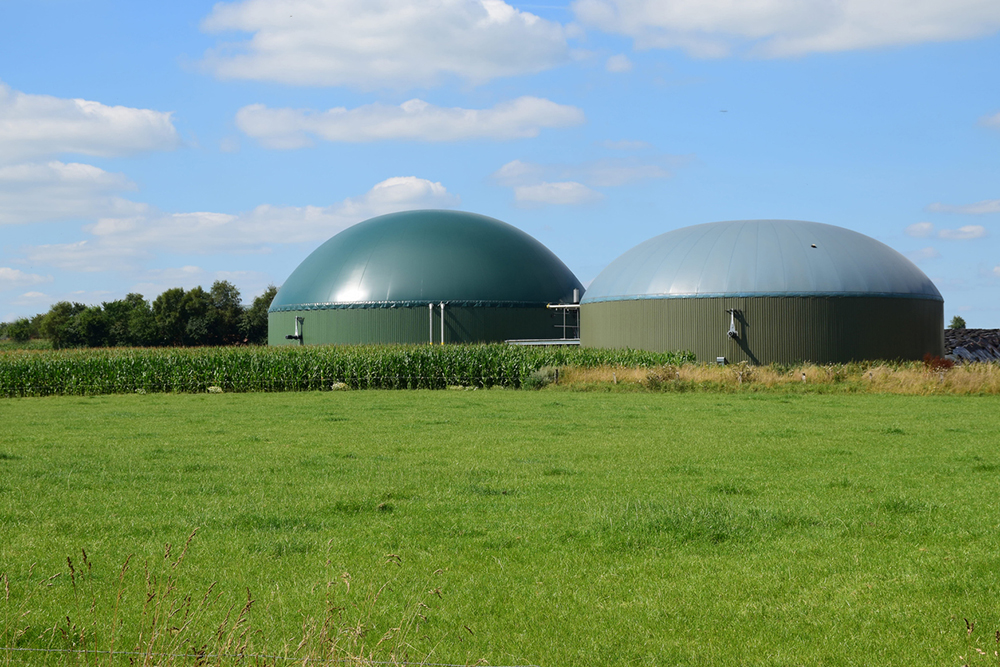Summary
ASTM D5511 determines the degree and rate of anaerobic biodegradation of plastic materials in high-solids anaerobic digester conditions. It is applicable to all plastic materials that are non-inhibitory to the microorganisms present in anaerobic digesters that operate on household waste.
ASTM D5511 Testing Method
In this test plastic materials are incubated in conditions that resemble high-solids anaerobic digesters for 15 to 30 days. Test plastics are incubated under mesophilic conditions (37ºC) or thermophilic conditions (52ºC). As the plastic breaks down, CO2 and CH4 are produced. The amount of these gasses produced will determine the degree of breakdown in the plastic product. The measurements that take place include the gas volume, gas composition, and weight loss of the vessel.
Test Your Products with ASTM D5511 at Aropha
Turn to Aropha for trusted, efficient biodegradability testing. Whether you are looking to test a raw material, intermediate, or finished article our team has the experience and capabilities necessary to test their biodegradability, compostability, and ecotoxicity. To make sure our processes are applicable at any stage of product development, we utilize both digital twin simulations and lab testing. We are also able to help you substantiate marketing claims by providing you with the necessary test documentation.
Ready to get started? Contact us today!
ASTM D5511 Requirement and Applicability
Different testing methods are applicable for materials with different properties. Below is a summary of the applicability of ASTM D5511. Please check our Method Selection Guide to select the most appropriate method for your materials. You can also find the applicability for many other methods in our Resource Center.| Test | Analytical method | Sample info required * | Poorly soluble | Volatile | Adsorbing |
|---|---|---|---|---|---|
| ASTM D5511 | CO2 and CH4 evolution | Organic carbon content * | + | +/- | + |
*“Sample info required” is the information needed to calculate the biodegradation percentages. This must be available for a selected method.
*“Organic carbon content” is the ratio of the organic carbon weight to the weight of the sample. It can be calculated by the sample formula (e.g., acetic acid C2H4O2, carbon content is 12*2/(12*2+1*4+16*2)=40%). Try our Online C% Calculator. If the formula is unknown, we can send the sample out to a third party lab for you for analysis (normally $110 with a 10-day turnaround time).
Pricing
$1799/sample for High-Throughput Screening$3199/sample for Biodegradability Certification

